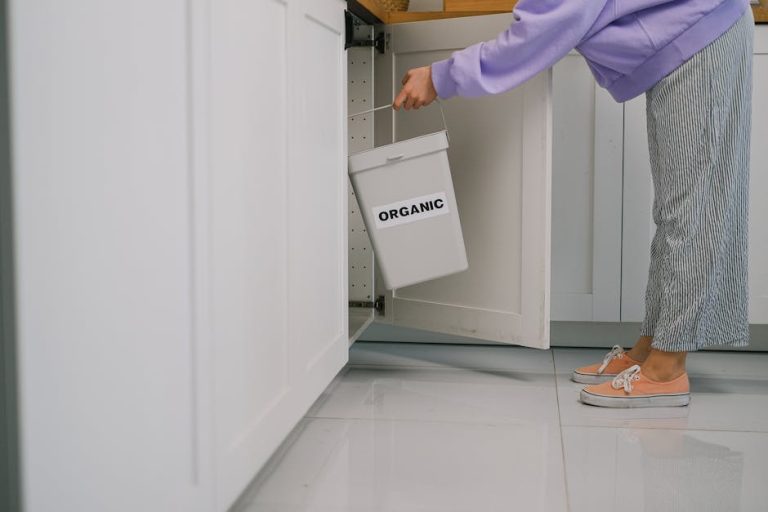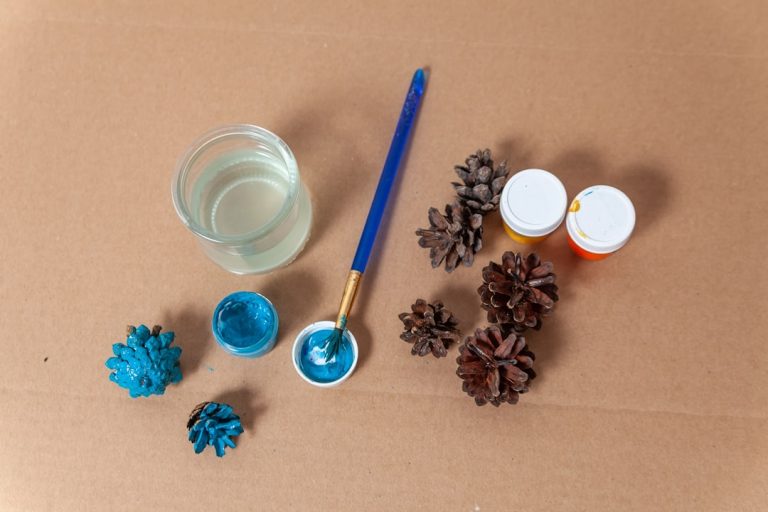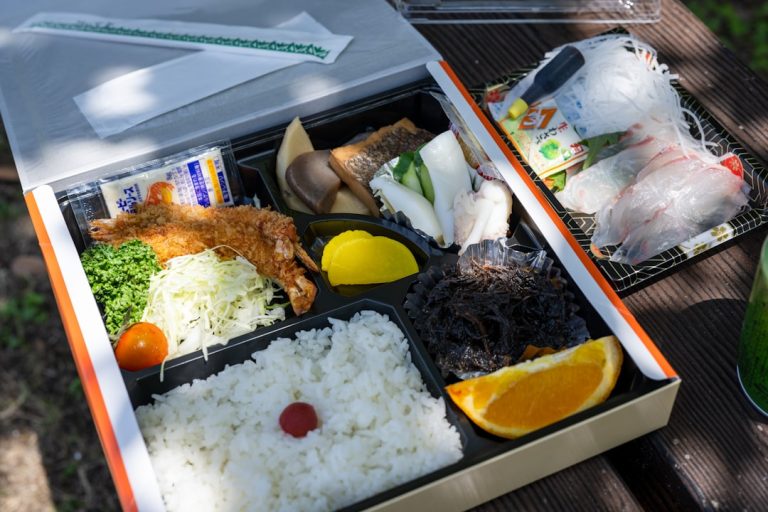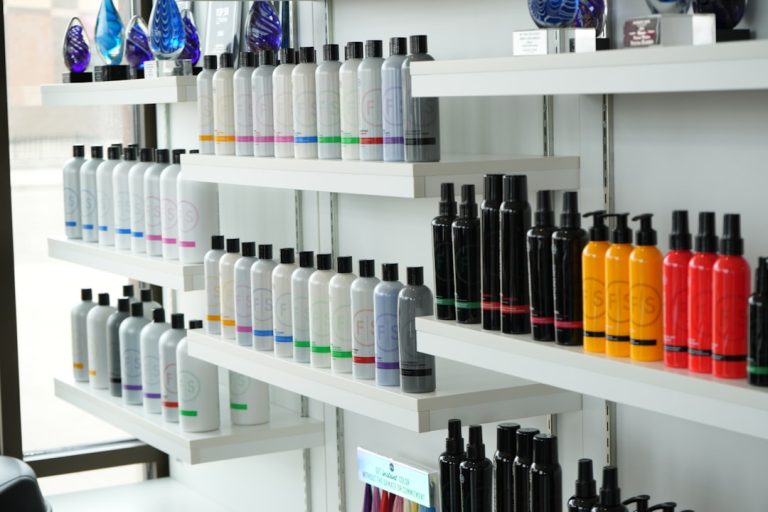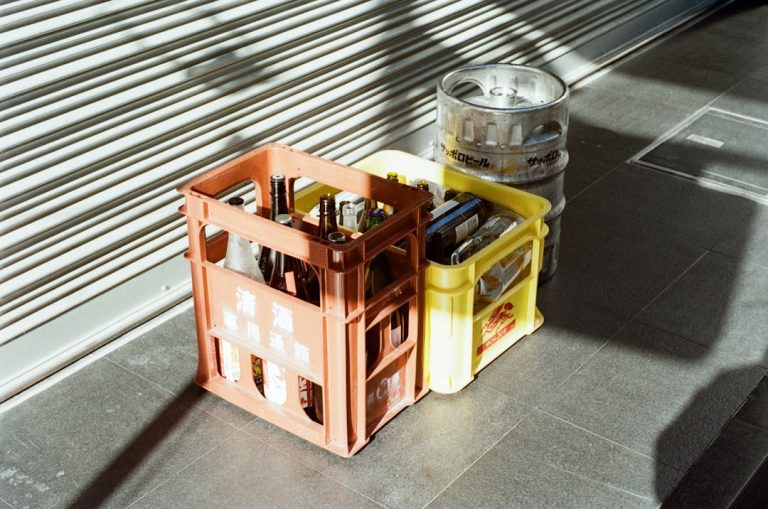My Guide to Sustainable Gardening Supplies (beyond Organic).
My Guide to Sustainable Gardening Supplies (beyond Organic)
As gardeners, we often strive for “organic.” We carefully select organic seeds, use certified organic fertilizers, and employ natural pest control methods. And that’s fantastic! It’s a vital step towards nurturing our soil and protecting pollinators. However, true sustainability in the garden stretches far beyond the organic label, especially when it comes to the very supplies we use. It’s about looking at the entire lifecycle of our tools, containers, and amendments – from where they come from, how they’re made, to where they end up. This guide is about peeling back those layers, moving past the common understanding of “organic,” and embracing a more holistic, planet-kind approach to stocking your garden shed.
For years, I focused solely on what went into my garden beds. But after seeing the piles of broken plastic pots, the quickly rusting cheap tools, and the endless packaging, I realized my efforts were incomplete. My garden, a haven of natural life, was still contributing to wider environmental issues through my supply choices. So, I started digging deeper, researching, and experimenting. This guide shares what I’ve learned about choosing supplies that truly align with a sustainable ethos, considering durability, resourcefulness, and the circular economy.
Shifting Our Focus: Understanding “Beyond Organic” for Garden Gear
When we talk about “beyond organic” for gardening supplies, we’re broadening our perspective significantly. It’s not just about avoiding synthetic chemicals; it’s about the environmental footprint of the product itself. This includes:
- Material Sourcing: Are the materials renewable, recycled, or virgin? Were they ethically sourced? Did their extraction cause environmental damage or social injustice? Think about wood certified by the Forest Stewardship Council (FSC) or metals sourced from recycled content.
- Manufacturing Process: How much energy and water were used? Were harmful chemicals involved? What was the carbon footprint of production and transportation? Local production often reduces this footprint.
- Durability & Longevity: Can the item be used for many years, even decades? Is it designed to be repaired, rather than replaced? A tool that lasts a lifetime, even if initially more expensive, is far more sustainable than many cheap, disposable alternatives.
- End-of-Life: Is the product biodegradable, compostable, or easily recyclable? Can it be repurposed or upcycled? Minimizing waste is a cornerstone of true sustainability.
- Packaging: Is the product wrapped in excessive plastic, or is the packaging minimal, recycled, or compostable?
Embracing this “beyond organic” mindset means making conscious choices that support a healthier planet at every stage of a product’s life.
Cultivating Tools That Last: The Art of Durability and Repair
One of the most impactful shifts you can make in your gardening supplies is to invest in high-quality, durable tools. The cheap plastic trowel that breaks after a season, or the flimsy pruners that rust instantly, are not only frustrating but also contribute to landfill waste. Think of your tools as long-term companions in your gardening journey.
- Material Matters: Look for tools made from robust materials like stainless steel, forged steel, or high-carbon steel for metal parts. Handles made from sustainably sourced wood (like ash or oak) are often more comfortable and repairable than plastic.
- Construction Quality: How are the parts joined? Rivets, strong welds, and solid tang construction (where the metal extends deep into the handle) indicate better quality and longevity than flimsy screws or glued parts.
- Repairability: Can parts be replaced? A good quality hoe with a detachable head means you can replace just the handle if it breaks, rather than buying a whole new tool. Keep an eye out for brands that offer replacement parts.
- Maintenance is Key: Even the best tools need care. Clean them after each use, sharpen blades, and oil wooden handles. Proper maintenance extends their life significantly.
- Consider Secondhand: Flea markets, antique shops, and online marketplaces are treasure troves for well-made, vintage gardening tools. Often, a little cleaning and sharpening can bring them back to life, giving them a second (or third!) life.
My own collection of tools includes several pieces passed down from my grandparents – sturdy, well-crafted items that have outlasted countless modern counterparts. They are a testament to the wisdom of investing in tools that are built to endure.

Nurturing Growth, Not Landfills: Smart Choices for Containers and Seed Starting
Plastic pots are ubiquitous in gardening, but they represent a significant environmental challenge. Most are made from virgin plastics, are rarely recycled through curbside programs, and end up in landfills or polluting our environment. Moving “beyond organic” here means rethinking how we start seeds and house our plants.
- Embrace Upcycling and DIY: This is my favorite sustainable strategy!
- Newspaper Pots: Easy to make, biodegradable, and free!
- Toilet Paper/Paper Towel Rolls: Perfect for starting longer tap-rooted plants.
- Tin Cans (with drainage holes): Great for larger seedlings or temporary homes.
- Milk Jugs/Water Bottles: Cut them in half to create mini-greenhouses or self-watering systems.
- Old Tires or Burlap Sacks: Excellent for growing potatoes or creating raised beds.
- Biodegradable Options: Look for pots made from coir, peat, wood fiber, or compostable paper. Ensure they are truly biodegradable and don’t contain hidden plastics or glues. While convenient, some still require significant energy to produce, so prioritize upcycling first.
- Durable, Reusable Containers:
- Terracotta or Ceramic Pots: Timeless, breathable, and incredibly long-lasting if cared for.
- Fabric Grow Bags: Made from recycled plastic bottles, these are breathable, prevent root circling, and can last for many seasons.
- Metal Containers: Galvanized tubs or old buckets can be repurposed beautifully.
- Seed Starting Trays: Choose sturdy plastic trays that can be washed and reused for many years. Avoid the flimsy, single-use trays.
By getting creative with what you already have or investing in truly reusable options, you dramatically reduce your garden’s plastic footprint. It’s a satisfying feeling to see a thriving plant in a container that once held something else entirely!
Enriching Your Soil, Protecting the Planet: Mindful Amendments and Feeders
Organic soil amendments are a given for most sustainable gardeners. But “beyond organic” means considering the source, packaging, and environmental impact of even these natural products.
- Embrace Your Own Compost: This is the ultimate sustainable soil amendment. Making your own compost from kitchen scraps and garden waste closes the loop, reduces waste, and provides nutrient-rich soil food. If you haven’t started your composting journey yet, now’s the time!
- Local Sourcing: If you need to buy amendments, look for local options. Many communities offer municipal compost or locally produced aged manures. This reduces transportation emissions and supports local economies.
- Bulk & Minimal Packaging: Purchase larger quantities of amendments like rock dust, perlite, or vermiculite from local nurseries or garden centers that offer bulk options or minimal packaging. Bring your own reusable bags or containers when possible.
- Cover Cropping: Instead of constantly buying amendments, consider growing cover crops during off-seasons. They naturally improve soil structure, add organic matter, and fix nitrogen, reducing the need for external inputs.
- Avoid Peat Moss: While “organic,” peat harvesting is highly destructive to vital wetland ecosystems, releasing significant amounts of stored carbon. Opt for coir (a coconut byproduct), compost, or other sustainable alternatives instead.
True soil sustainability is about nurturing a living ecosystem that requires fewer external inputs over time, rather than constantly adding products, even if they are organic.
Gentle Guardians: Eco-Conscious Approaches to Pest and Disease Management Tools
When it comes to managing pests and diseases, “beyond organic” means prioritizing prevention, fostering biodiversity, and using truly minimal intervention, even with organic-approved products. It’s about creating a resilient ecosystem, not just spraying away problems.
- Prevention & Observation: The best “tool” is your keen eye. Regularly inspect plants, address problems early, and maintain healthy plant vigor through proper watering and nutrition. Healthy plants are more resistant.
- Physical Barriers:

